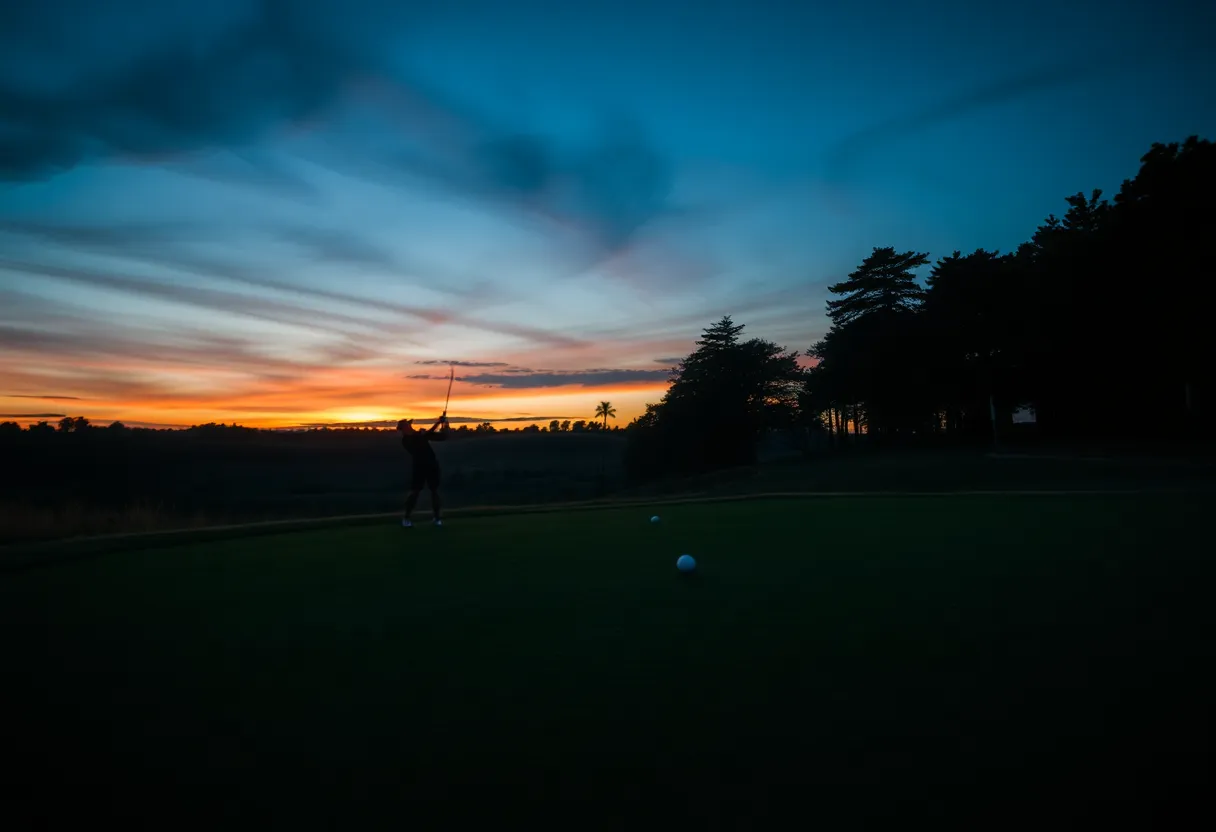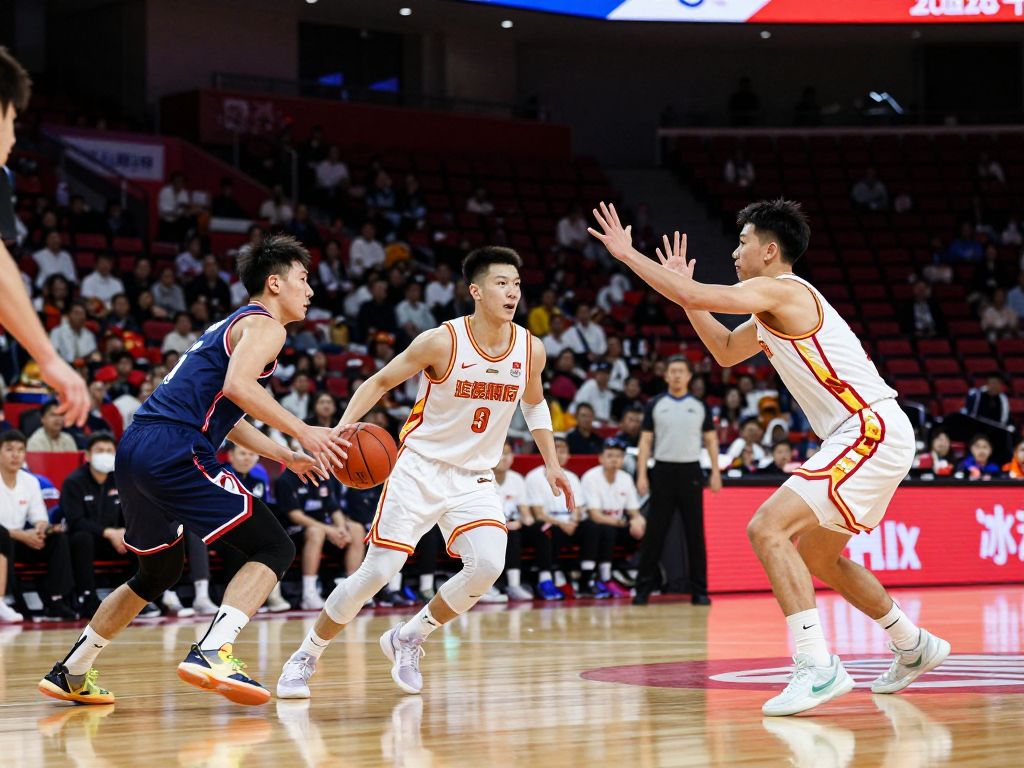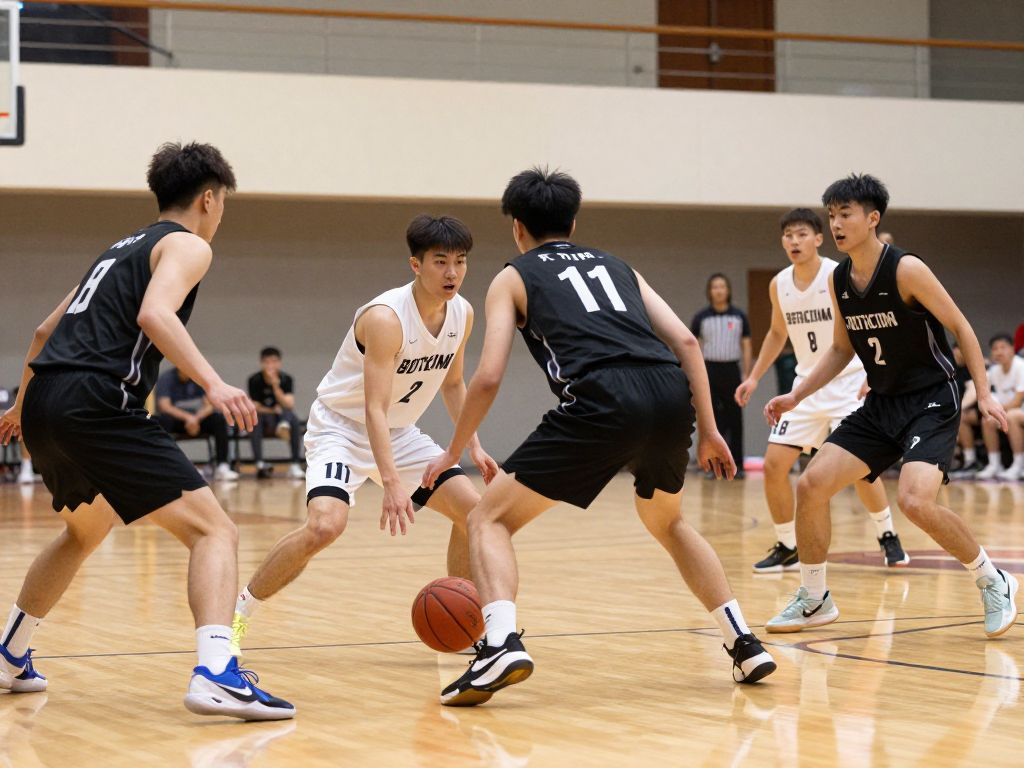How to Create a Lush Shade Garden in Your Houston Backyard
Introduction
Designing a vibrant shade garden in Houston’s subtropical climate is a strategic endeavor requiring precision in plant selection and placement. Shade gardens offer a tranquil retreat, particularly in Houston’s hot, humid summers, and, with correct planning, they can flourish year-round. These gardens are not only aesthetically pleasing but also functional, providing cool spaces to relax or enjoy outdoor activities. Understanding the unique conditions of Houston’s shade zones and choosing the right plants significantly impacts the garden’s success.
Understanding Shade in Houston Gardens
In Houston, shade levels vary significantly across neighborhoods and properties. Sun exposure depends on factors such as the density of trees, buildings, and orientation of your yard. Shade can range from deep, dense coverage to dappled light filtering through branches. Recognizing the specific light environment in your space guides the selection of suitable plants, fostering healthy growth and vibrant foliage.
Assessing Your Garden’s Shade Conditions
Effective shade garden design begins with precise assessment. Use the following categories:
- Deep Shade: Areas exposed to less than two hours of direct sunlight daily. Often found under dense tree canopies or structures.
- Partial Shade: Spots receiving two to four hours of direct sunlight. Suitable for many shade-tolerant perennials.
- Dappled Shade: Intermittent sunlight filtered through leaves, typical beneath larger trees or pergolas.
Documenting these zones in your yard helps tailor plant choices and placement, ensuring optimal growth conditions.
Choosing the Right Plants for Shade
Selecting plants that are adapted to Houston’s shade conditions is vital. Here are the most effective choices based on their resilience and visual appeal:
Perennials
- Coleus: Celebrated for its vibrant, multicolored foliage, coleus provides dynamic color contrasts in shaded beds.
- Caladium: Features heart-shaped leaves in shades of red, pink, and white. It adds striking visual interest especially when used as focal accents.
- Impatiens: Offers a long-lasting bloom and grows well in shaded spots, providing continuous color during warmer months.
Ferns and Grasses
- Autumn Fern: Known for its fiery orange-red fronds that transition to green, it lends texture and seasonal color to shade gardens.
- Inland Sea Oats: A low-maintenance perennial grass with elegant seed heads that add movement and soften garden edges. Excellent for soil stabilization.
Native Plants
- Turk’s Cap: A native shrub with bright red, trumpet-shaped flowers, attracting hummingbirds and pollinators while thriving in dry soils.
- Heartleaf Skullcap: Cold-tolerant with purple flower spikes in spring, supporting local pollinators and adding subtle color.
Designing Your Shade Garden
An intentional design enhances both the visual appeal and functionality of your garden. Consider the following principles:
- Layering: Position taller plants like Turk’s Cap at the back or center, with shorter perennials or ground covers in front, creating depth.
- Texture Contrast: Combine plants with varying leaf shapes—from broad to fine-textured—to add visual interest.
- Color Harmony: Choose color palettes that complement each other, such as greens and purples or reds and pinks, to establish cohesion.
Layering and contrast not only emphasize visual depth but also facilitate biodiversity, which benefits overall plant health.
Soil Preparation and Planting
Healthy soil is the foundation of a thriving shade garden. A systematic approach involves:
- Soil Testing: Analyze pH levels and nutrient content to identify deficiencies or excesses.
- Amendments: Incorporate organic matter like compost or aged mulch to improve soil structure, drainage, and fertility—particularly important in Houston’s clay soils.
- Planting: Follow specific spacing requirements. Ensure adequate airflow and avoid overcrowding, which can promote disease.
Proper soil and planting practices reduce maintenance needs and promote long-term plant vigor.
Watering and Maintenance
Maintenance is critical for establishing and sustaining a lush shade garden. Focus on:
- Watering: Deep, consistent watering encourages deep root growth. Allow the soil to dry slightly between waterings to prevent issues like root rot.
- Mulching: Use organic mulch—such as shredded bark or wood chips—to retain moisture, regulate soil temperature, and suppress weeds.
- Pruning: Regularly prune to remove dead or diseased foliage, improving air circulation and encouraging healthy growth.
Implementing disciplined watering and pruning routines enhances plant resilience and increases garden longevity.
Conclusion
Building a lush shade garden in Houston is achievable through careful planning, appropriate plant selection, and ongoing maintenance. Focus on understanding your garden’s specific light conditions, selecting hardy, shade-tolerant plants, and creating a balanced, textured design. When completed, your Houston backyard can become an inviting retreat—cool, colorful, and rich in natural beauty—regardless of the intense summer heat.
Frequently Asked Questions
What are the best native plants for shade in Houston?
Some of the most suitable native shade plants include Turk’s Cap, which attracts hummingbirds, and Heartleaf Skullcap, known for its purple blooms. These plants are well-adapted to Houston’s soil and climate.
How much sunlight does deep shade receive?
Deep shade areas typically receive less than two hours of direct sunlight daily, often shaded by dense trees or structures. Selecting plants tolerant of such low light ensures success.
What soil amendments are best for Houston’s clay soils?
Adding organic matter like compost or aged mulch improves drainage and fertility. These amendments are essential to reduce compaction and provide nutrients for shade-tolerant plants.
How often should I water my shade plants?
Deep watering should be done once or twice a week, allowing the soil to dry slightly between sessions. Adjust frequency based on weather conditions and soil moisture levels.
Feature Comparison of Shade Garden Elements
| Aspect | Description | Importance |
|---|---|---|
| Plant Selection | Choosing shade-tolerant natives, perennials, and ferns suited for Houston | Critical for success and long-term health |
| Soil Preparation | Analyzing pH, improving with organic amendments | Fundamental for robust growth |
| Design Layering | Arranging plants in tiers for depth and visual interest | Enhances aesthetic appeal and plant health |
| Watering Routine | Deep, consistent irrigation, mulching | Key to establishment and resilience |
| Maintenance | Pruning, weed control, seasonal adjustments | Ensures ongoing garden vigor |
Author: STAFF HERE HOUSTON TX WRITER
The HOUSTON STAFF WRITER represents the experienced team at HEREHouston.com, your go-to source for actionable local news and information in Houston, Harris County, and beyond. Specializing in "news you can use," we cover essential topics like product reviews for personal and business needs, local business directories, politics, real estate trends, neighborhood insights, and state news affecting the area—with deep expertise drawn from years of dedicated reporting and strong community input, including local press releases and business updates. We deliver top reporting on high-value events such as Houston Livestock Show and Rodeo, Art Car Parade, and Chevron Houston Marathon. Our coverage extends to key organizations like the Greater Houston Partnership and Houston Area Urban League, plus leading businesses in energy and healthcare that power the local economy such as ExxonMobil, Schlumberger, and Houston Methodist. As part of the broader HERE network, including HEREAustinTX.com, HERECollegeStation.com, HEREDallas.com, and HERESanAntonio.com, we provide comprehensive, credible insights into Texas's dynamic landscape.





